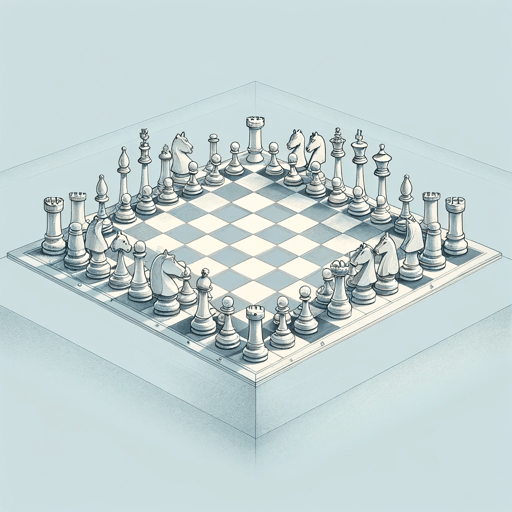65 pages • 2 hours read
Henry KissingerWorld Order: Reflections on the Character of Nations and the Course of History
Nonfiction | Book | Adult | Published in 2014A modern alternative to SparkNotes and CliffsNotes, SuperSummary offers high-quality Study Guides with detailed chapter summaries and analysis of major themes, characters, and more.
Chapter 6Chapter Summaries & Analyses
Chapter 6 Summary: “Toward an Asian Order: Confrontation or Partnership”
Kissinger dedicates a separate chapter to China and organizes it accordingly: “Asia’s International Order and China,” “China and World Order,” and “A Longer Perspective”. He examines several relevant areas, such as the relationship between the unique Chinese historic style of diplomacy and its 21st-century counterpart as well as China’s relationship with other Asian nations and the rest of the world.
In general, strong national identities arose throughout Asia as a response to the colonial rule in the region. They perceive the world order as “rebalancing after an unnatural Western interruption over the past several centuries” (212). Kissinger considers the region volatile and challenging to the existent world order because every country in the region has been pursuing programs to amplify national status as well as build up military arsenals.
According to the author, for the entirety of its existence since 221 BCE, China has perceived itself as the center of the world order, literally the Middle Kingdom. This perception meant that the “world order reflected a universal hierarchy, not an equilibrium of competing sovereign states” (213). Diplomacy, as a result, affirmed the existing hierarchy rather than fostering negotiations between sovereign interests. Typically, China preferred to “dominate psychologically by its achievements and conduct” (215) as well as occasionally through its military campaigns.
Related Titles
By Henry Kissinger




